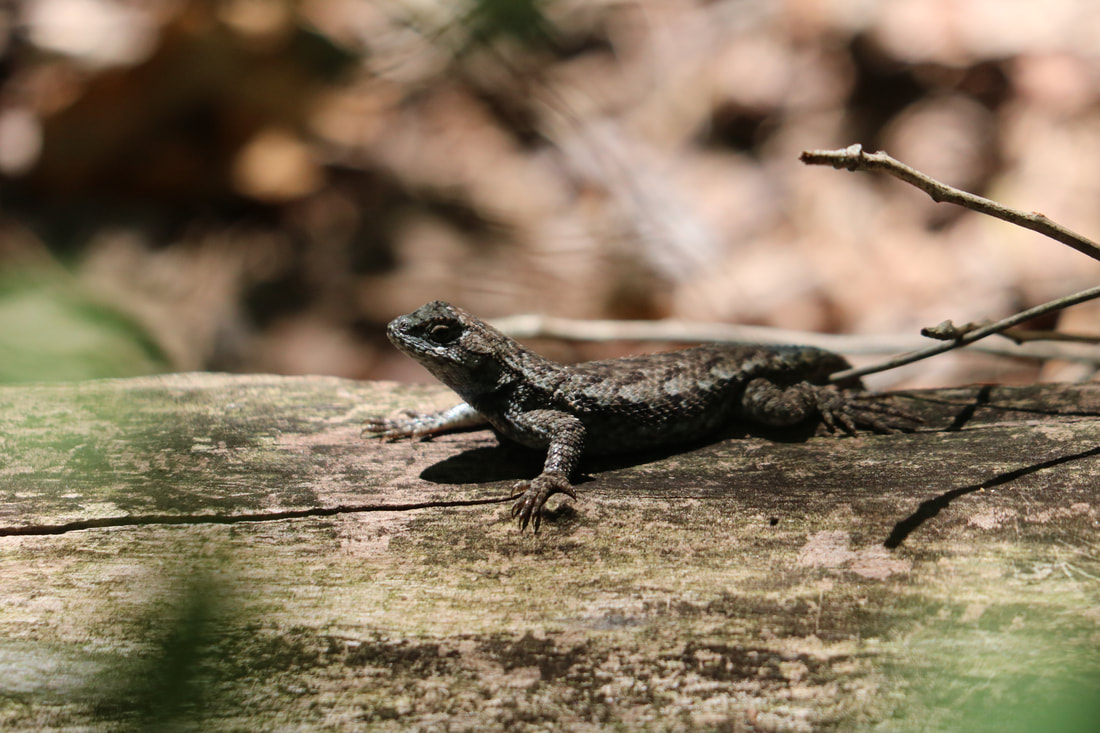
Death has come slowly to the old tree, yet somehow it is an appropriate symbol for this haven for wildlife within one of Chattanooga’s busiest neighborhoods. Its drowned roots sit in water at the bend of the levee. It lacks the leaves to snag the sunlight, although its bare branches give it the name snag.
Despite the lack of a life of its own, the bare branches are host to a variety of living birds. I have seen a Red-shouldered Hawk stop here and rest from its low flights over the marsh in search of mice and other fare for dinner. A Great Blue Heron perches here while not wading along the shoreline in search of frogs or fish. A Belted Kingfisher surveys the pond here or stops to swallow and digest its latest catch.
The marsh is bounded on two sides by the levee. The small pond which holds the tree sits here in the bend. Along opposite shore, the willow trees provide roosts for passing birds. Here the marsh grasses are hiding places for muskrats and Green Herons. Their larger cousins, the Great Blue Herons fish here, and fly off to the rookery on South Chickamauga creek where they build their nests in tall trees.
Beside the marsh, the levee makes a smooth track. The grasses on its side are shorter than the marsh grasses that line the creek. These shorter grasses are hiding places for sparrows and meadowlarks.
Further out, Brainerd road transects the marsh. This portion of the marsh is less productive as a spot for wildlife viewing, although Great Egrets have stopped here on their migration.
Across the pond, the wetland gives way to mud flats and then to a residential area. Several homes and a private school sit on this side of the marsh. The mud flats are a resting spot for sandpipers and shorebirds on their spring and fall migrations. Killdeer cross the mudflats and give their mournful cries at all times of the year.

 RSS Feed
RSS Feed